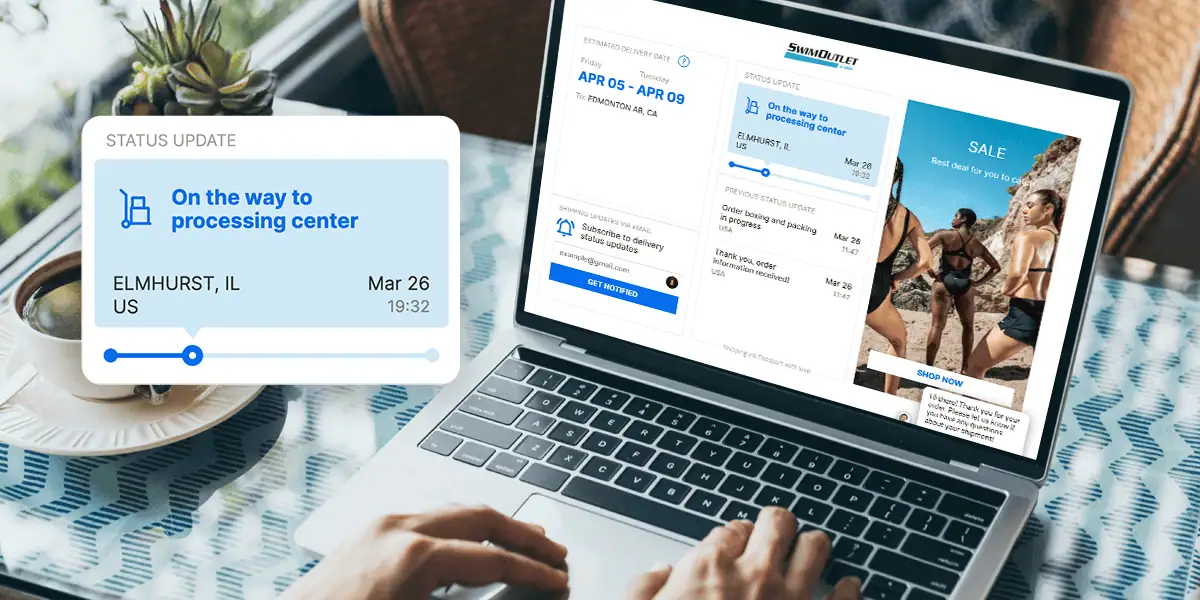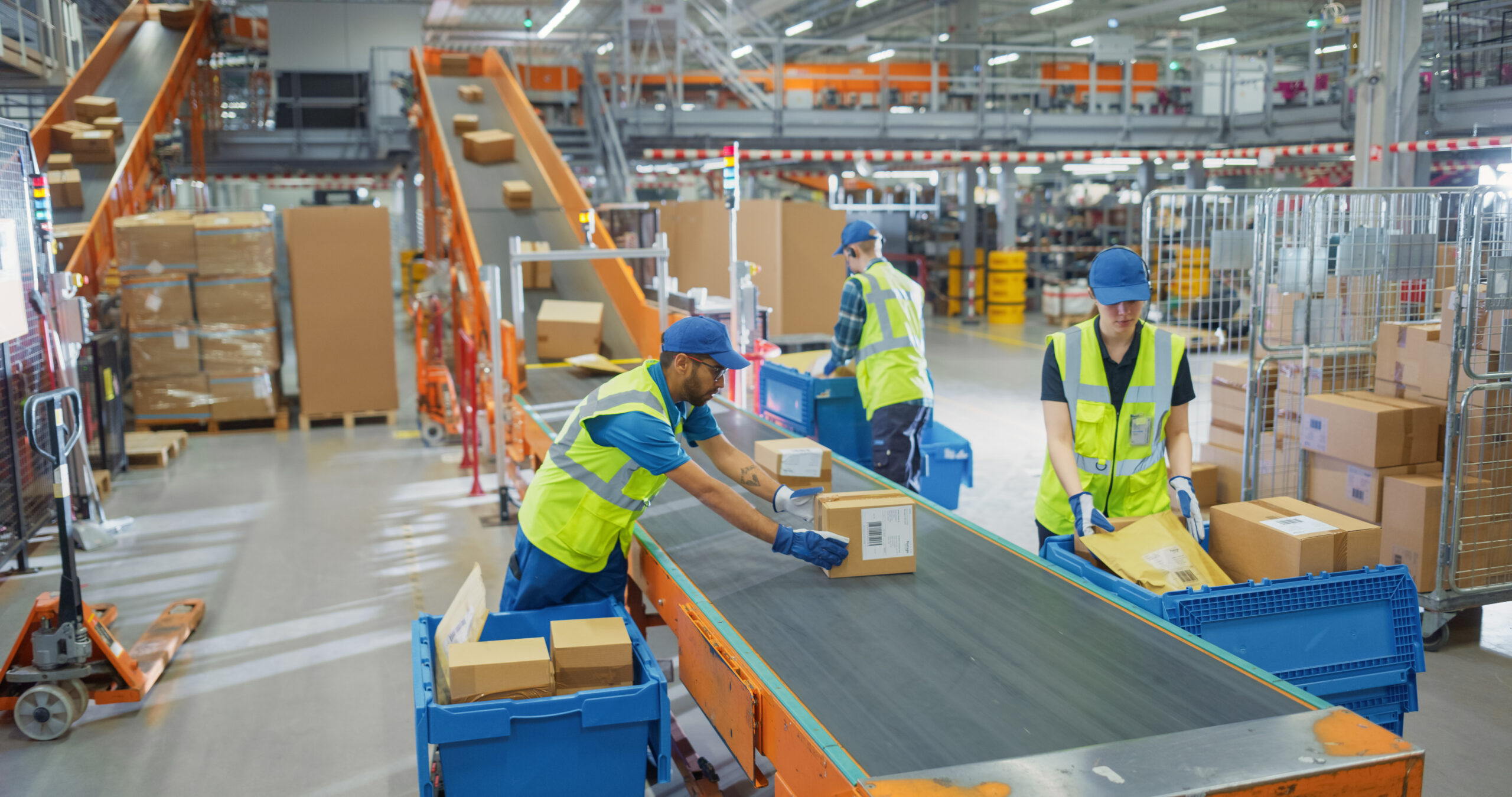When it comes to ecommerce, fulfillment isn’t just the final step—it’s a critical part of your customer experience. It can shape how your brand is perceived, whether shoppers return, and how efficiently your operations scale.
If your current fulfillment setup feels more reactive than strategic, it’s time for a refresh. Here’s how to build a fulfillment strategy that supports long-term growth, keeps customers happy, and gives your team room to scale.
1. Know What Your Customers Expect
Before you can optimize fulfillment, you need to understand what your customers actually care about. Yes, fast shipping matters—but so do reliability, delivery transparency, flexible options, and easy returns.
Tip: Dig into customer feedback, post-purchase surveys, and support tickets to identify recurring themes. These insights should directly inform how you structure your shipping and fulfillment policies.
2. Choose the Right Fulfillment Model for Your Business
Not all fulfillment models are created equal—and what works for one brand might not suit another. Here are three common approaches:
- In-House Fulfillment: Full control over inventory and fulfillment, but labor-intensive and harder to scale.
- Third-Party Logistics (3PL): Outsource fulfillment to a partner who handles storage, packing, and shipping. Scalable, but requires strong communication and oversight.
- Dropshipping: Low overhead, but limited visibility and control over the customer experience.
The key is aligning your model with your growth stage, team bandwidth, and brand standards.
3. Get a Handle on Inventory
If you’re constantly running out of stock—or sitting on piles of unsold product—it’s time to get serious about inventory management. Stockouts lead to missed sales and customer frustration. Overstock ties up cash and warehouse space.
Tip: Use a centralized system that integrates with your ecommerce platform and fulfillment operations. Real-time visibility into inventory means smarter restocks, fewer errors, and better forecasting.
4. Let Tech Do the Heavy Lifting
Fulfillment is a process made for automation. From order routing to warehouse management to shipping label generation, the more you can streamline, the better.
Tip: Sync your ecommerce store with your order and inventory management tools. Automation cuts down on manual work, reduces errors, and gives your team more time to focus on customers—not logistics.
5. Give Shoppers Shipping Flexibility
Not everyone needs their order tomorrow. Some customers care more about affordability, others about speed.
Tip: Offer a mix of delivery options—standard, expedited, and where possible, same-day. Just as important: Be clear and upfront about shipping costs and timelines during checkout to reduce abandonment and boost conversion.
6. Make Packaging Part of the Experience
Your packaging is more than protection—it’s part of your brand’s first impression. Damaged items and generic boxes can hurt your reputation, while thoughtful packaging can boost loyalty and even social shares.
Tip: Invest in functional, branded packaging that balances protection with unboxing appeal. It doesn’t need to be expensive—just intentional.
7. Don’t Overlook Returns
A seamless return process isn’t just nice to have—it’s expected. A rigid or confusing returns policy can deter new customers and lead to negative reviews.
Tip: Offer clear instructions, pre-paid return labels if possible, and transparent policies. Bonus points if your return process is mobile-friendly and self-serve.
8. Track, Test, Improve
Fulfillment isn’t a set-it-and-forget-it system. Regularly review your KPIs—like order accuracy, shipping speed, delivery costs, and NPS—and adjust based on what the data tells you.
Tip: Set a cadence for reviewing fulfillment performance, especially post-peak season. Small adjustments can lead to major efficiency gains and happier customers.
Final Thoughts
A winning fulfillment strategy isn’t just about getting orders out the door—it’s about delivering consistently great experiences. When you prioritize speed, clarity, control, and customer expectations, fulfillment becomes a growth engine—not just a cost center.
This article was adapted from a blog originally written by our partners at PrettyDamnQuick. Visit their site to read the original version and explore their ecommerce checkout and delivery solutions.
🎁 Passport Exclusive: PrettyDamnQuick is offering Passport customers 3 months free of Checkout Pulse—their Shopify Plus diagnostics dashboard that monitors checkout health, flags issues instantly, and helps protect revenue during critical sales periods like BFCM.
Use code PASSPORT-X3-085 to redeem.










